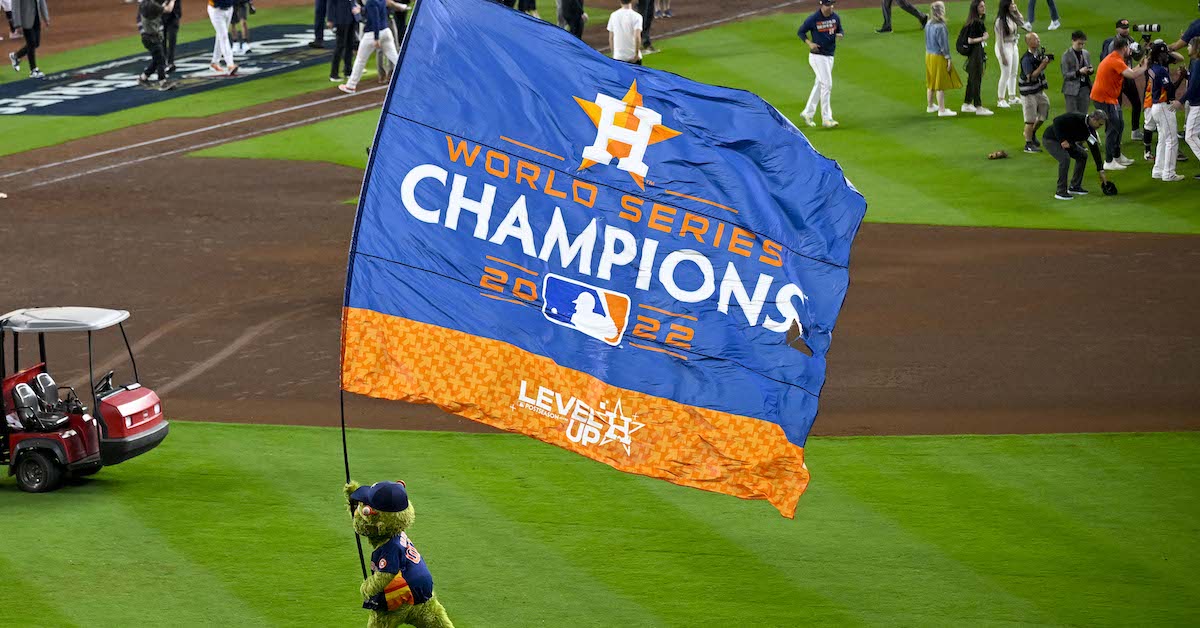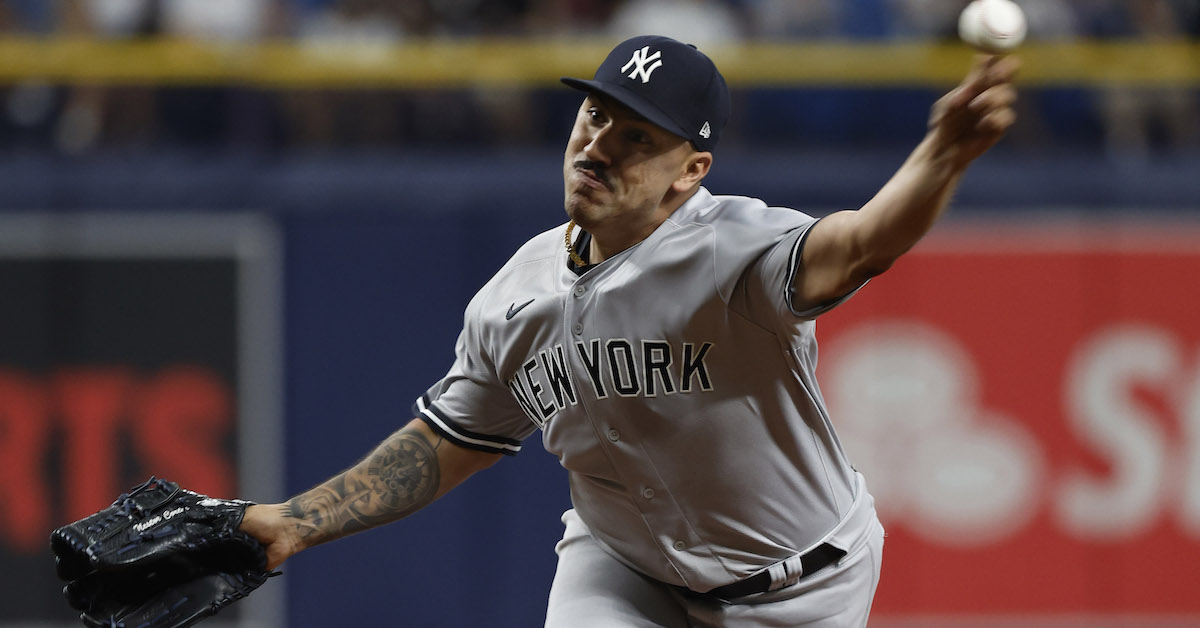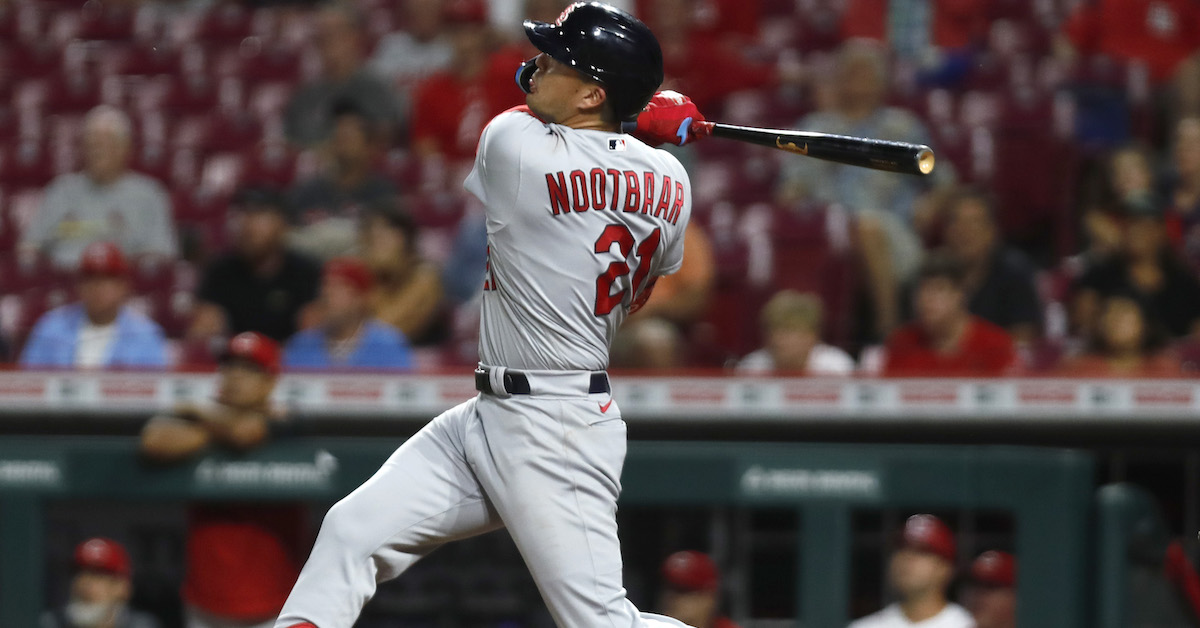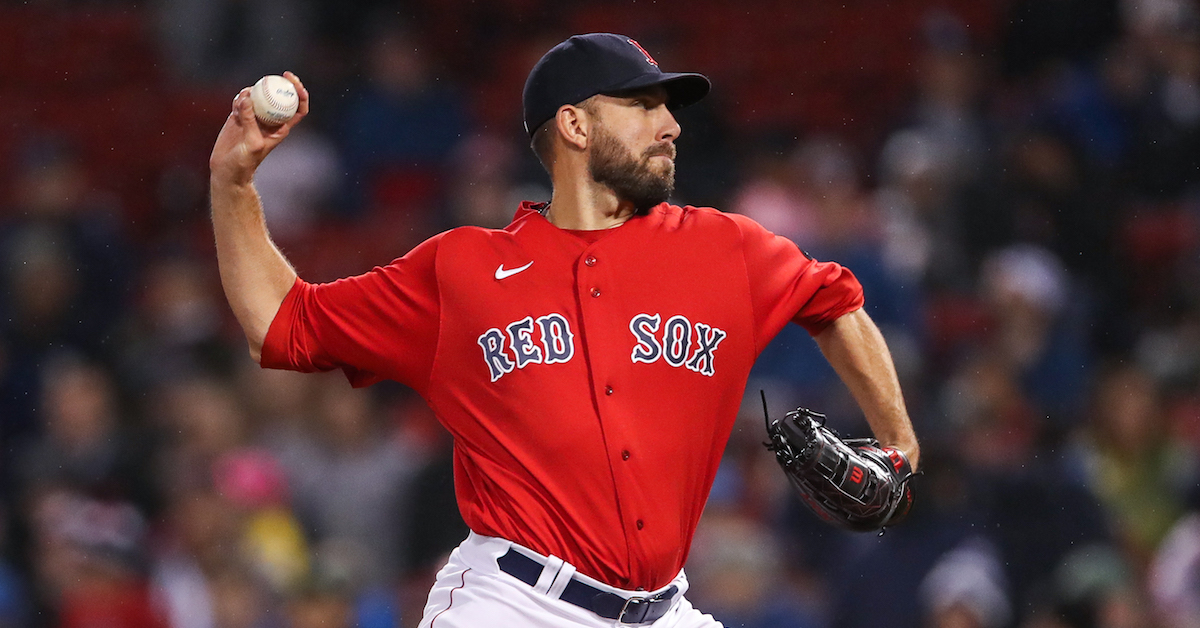The Baseball Players of the Super Bowl, and the Dilemma of the Multi-Sport Athlete

For the past two weeks, the American sports landscape has been held in the thrall of the Super Bowl. It’s secular American Christmas. The event so indelibly planted in our cultural consciousness advertisers get around the trademark by calling it “the Big Game,” and everyone knows what they mean. The Chiefs and the Eagles (Go Birds!) testing their mettle for 60 minutes on the largest stage our country has to offer (interrupted periodically by commercials and musical interludes).
No, I haven’t suffered some kind of episode and forgotten that this site is devoted entirely to a different sport. Because, you see, if you watch the Super Bowl you’ll get to see some baseball players: Chiefs quarterback Patrick Mahomes and Eagles receiver A.J. Brown.
Mahomes affinity for baseball is well known, given that he is 1) one of the most famous athletes in the country 2) a minority owner of the Kansas City Royals and 3) the son and namesake of an 11-year major league veteran. In fact, two of the Chiefs’ three quarterbacks are sons of 11-year big league veterans; third-stringer Shane Buechele is the son of former Rangers and Cubs third baseman Steve. (Unfortunately, I don’t know what Chad Henne’s father’s profession is.) Read the rest of this entry »








